The ripe chicken is mentioned in the legend of Son Tinh – Thuy Tinh as a bride price that King Hung demanded to choose a son-in-law for his daughter. However, this type of nine-spur chicken is appearing in real life and is raised by people for high economic efficiency… Currently, nine-spur chicken is widely raised in Tan Son district, Phu Tho province.
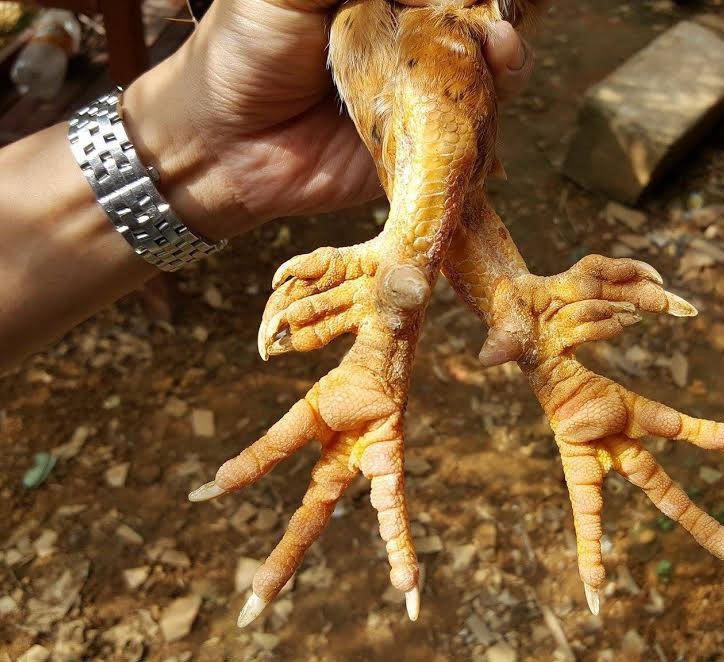
The nine-spur chicken has a heroic appearance with five-colored feathers, a blood-red comb, bright eyes, a wide chest, a tail that curls like a rainbow, and a resounding crow. In particular, chickens have big, strong and even legs with 4.5 spurs on each side, each spur is different in length and short, the top spur is completely horned, curved like a hook and sickle.
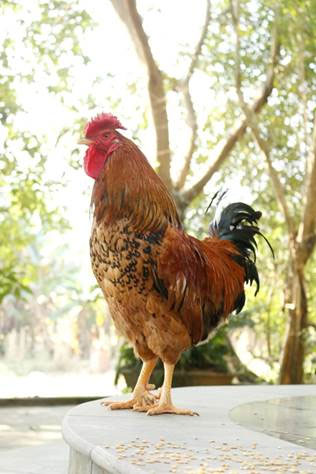
The ripe chicken has a tall figure, a red comb, and sharp eyes.
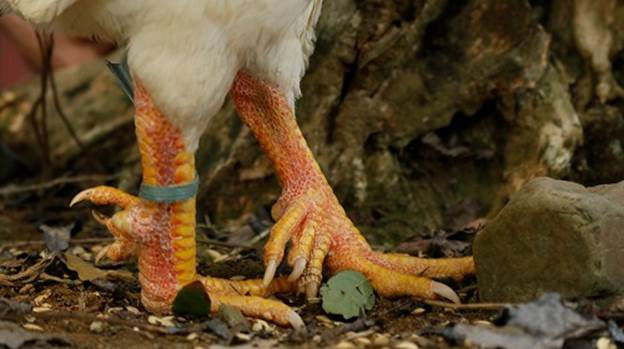
There are 2 types of spurs: horn spurs and regular spurs (fingers).
The nine-spur chicken is a ferocious chicken with ruffled neck feathers and red eyes. It can deliver a fatal kick to knock down or make opponents scared and run away.
In Tan Phu commune, Tan Son district, Phu Tho province, ripe chickens are raised in natural conditions, so they are able to adapt to the living environment and have high disease resistance. Ripe chickens are very strong, intelligent, have reflexes and speed according to the instincts of wild chickens: go up the hill to dig for worms, catch crickets, come back to sleep on the floor or trees at night.
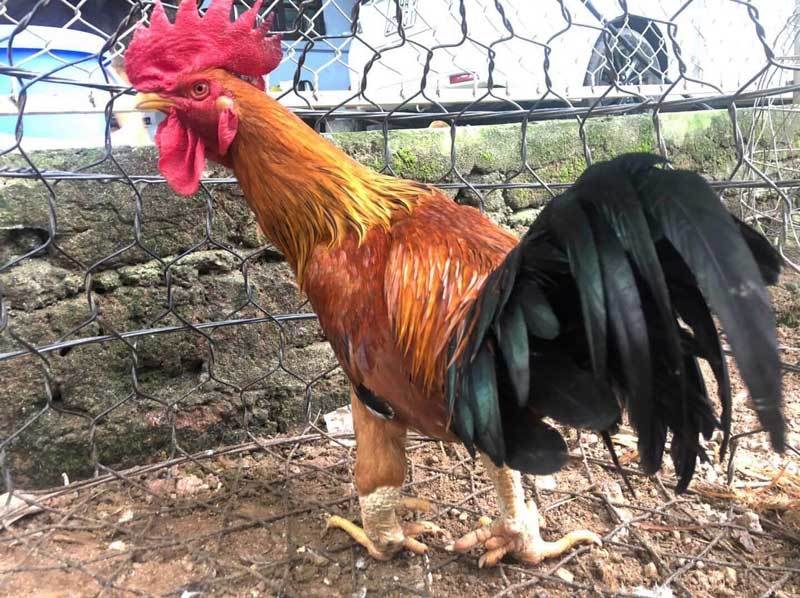
Tan Son chickens are small in size, the largest chicken only weighs about 1.5 – 2.5kg/chicken. The number of purebred multi-spur chickens in Tan Son district is currently not much, the natural incubation rate is from 30 – 35%, so chickens with 9 spurs are becoming rare.
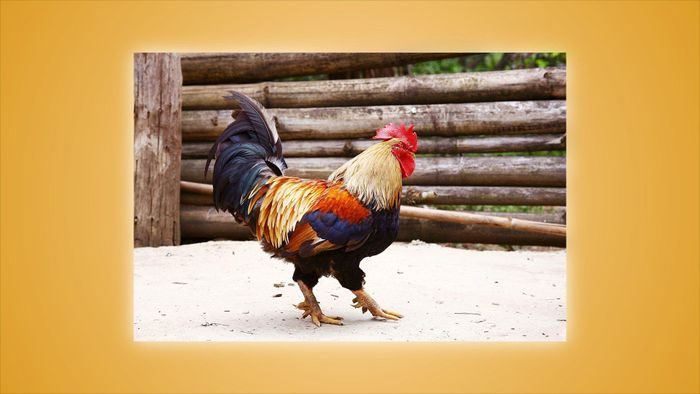
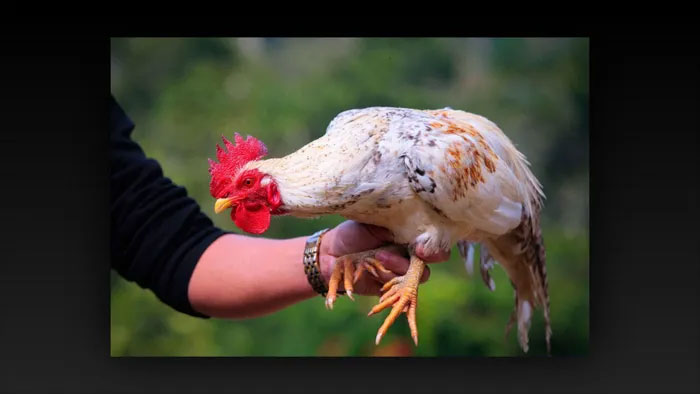
Nine-spur chickens are “sought after” by many chicken enthusiasts for tens of millions of dong for Tet and ornamental purposes.
The nine-spur chicken seemed to exist only in the legend of Son Tinh – Thuy Tinh, but now it exists in real life and lays “golden eggs” that many people are interested in. Ripe chickens are “sought after” by many tycoons and chicken lovers for tens of millions of dong for Tet and ornamental purposes.
In 2012, the Ministry of Agriculture and Rural Development issued an additional list of rare livestock genetic resources that need to be preserved, including the Phu Tho multi-spur chicken breed. The fact that the multi-spur chicken breed is identified as a rare livestock gene source that needs to be preserved will contribute to improving the quality and brand of multi-spur chickens.
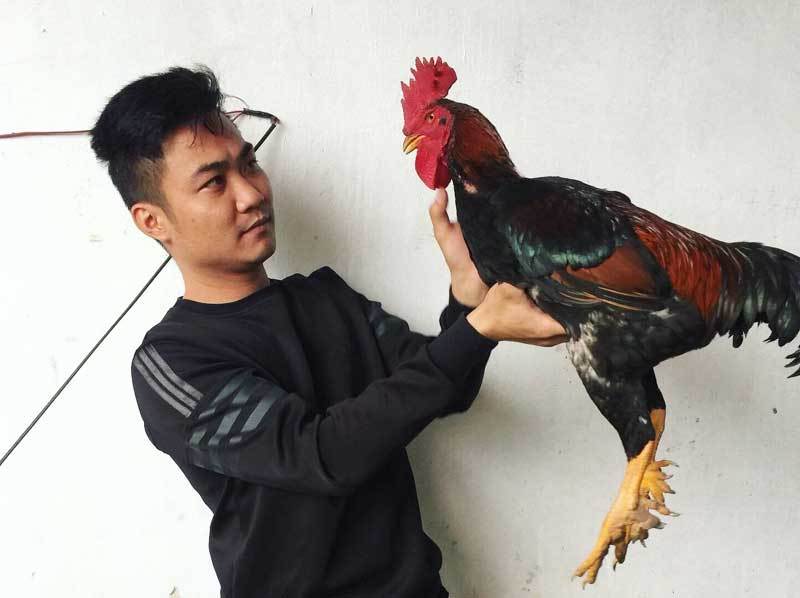
The “god millet” coming out of legend is not only a spiritual symbol of the indigenous people but has also become an economic and tourism development opportunity for people here.





